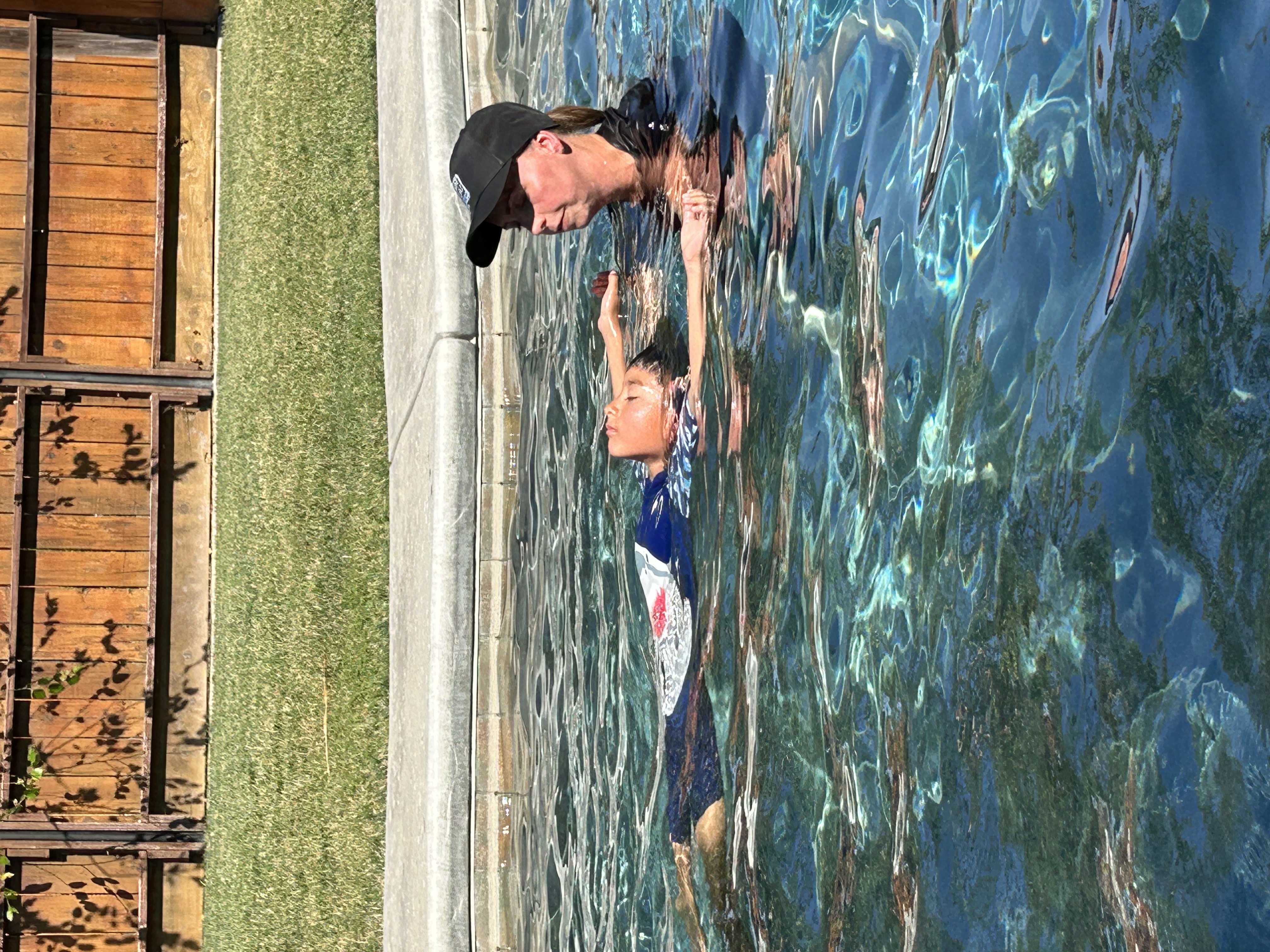
At 18 months old, I enrolled my son for swim lessons with Miss Julie with Water Safe Swim. I was on edge once my son began walking because we have a pool. I knew instantly that I had made the right choice on our first day. My son learned to swim, float and swim to a float at 18 months! I was amazed! Watching his lessons lit a fire in me. I grew a passion like I’ve never felt before, I knew that I needed to do my part and become a swim instructor myself. It has been a blessing to have connected with Julie and I am now a certified trainer with Water Safe Swim.
My goal is to spread awareness of the astonishing drowning statistics, educate parents and family members in water safety and help save lives in efforts to prevent drownings in our community and beyond. Water safety layers are crucial in drowning prevention.
The following PREVENTION and SAFETY TIPS are some of the ways to LAYER your family against water tragedies. The goal is to put as many barriers/LAYERS, as possible, between your child and the water. The water safety layers I am sharing are not listed in any specific order because layers of protection work together, and each layer is equally important as the next.
• Constant supervision. Have a designated water watcher and always make sure to pay 100% attention to the water. No phones or other distractions. A child can drown in the amount of time it takes to respond to a text message.
• Pool gate or barrier – pool alarms – door alarms – pet door locks or alarms etc.
• Do not leave toys or other items that would interest a child to get close or into the water. Do not leave chairs, ladders or other objects near the pool that would allow a child to climb the fence.
• Keep the pool water clean. Cloudy or murky water can be a hazard. Water levels should be as close as possible to the top to make grabbing the edge and climbing out easier.
• Check the water first. If you cannot locate your child, always check the water first, SECONDS MATTER.
• Teach your children from the time they can talk to ALWAYS ASK PERMISSION BEFORE ENTERING ANY BODY OF WATER.
• Learn CPR to perform in case you end up in an emergency.
• Buy bright bathing suits for your children so that they are easily seen in the water. Blues or greens are extremely hard to see.
• Skill the child! Enroll your children in swim lessons. A child can start swim lessons as early as 6 months old to learn crucial survival skills in the water.
• DO NOT USE FLOTATION DEVICES FOR SWIMMING: Flotation devices are not intended and are not US Coast Guard approved for swimming. They are marketed that way but if you read the fine print, it will always state US Coast Guard approved for CLASS III PFD use). Life Jackets, Puddle Jumpers, water wings, or any kind of floatation device are not designed or made for swimming. Beware of the difference between marketing ploys and the truth of use for quick rescue in open water. When used for swimming these devices lend a false sense of security to you and your child. In addition, the vertical posturing a child develops by using these devices is detrimental to learning true swimming skills that could save their life and in fact is more likely to result in drowning. *Note: Always follow your local law regarding US Coast Guard approved PFD’s/life jackets on all open water moving vessels including paddleboards, kayaks, canoes, jet skis and rafts. A Class III PFD without the back flap and with a leg strap is the safest life jacket for infants and toddlers.
I know that this is a sensitive subject, that nobody likes to talk or think about, but this is reality. Knowledge is power and being aware is critical in preventing tragedies of all kinds, in or out of the water. Pediatricians share many different preventative measures with parents to keep children safe, but nothing is said about drowning risks in small children when it is the leading cause of death in ages 1-4. This is the reason I wrote this article and am passionate about teaching survival swim lessons.
FOR MORE INFORMATION: Contact Tiffany, Instructor + drowning prevention advocate, Water Safe Swim Morada, 209.331.6936



